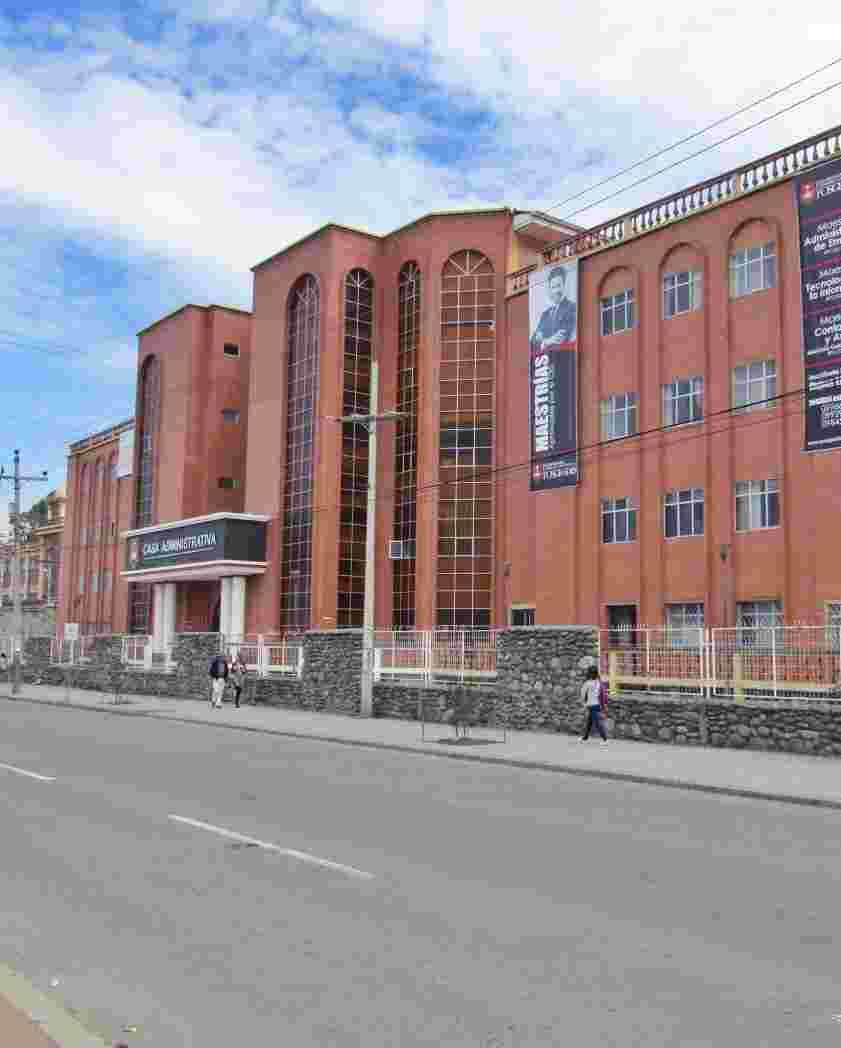"Vulneración del derecho a la salud para Mujeres Transexuales”
Cargando...
Fecha
Título de la revista
ISSN de la revista
Título del volumen
Editor
Universidad Católica de Cuenca
Resumen
This research presents a comparative legal study on the right to access hormone treatments for transgender women in Ecuador, Argentina, and Uruguay during the period 2020-2024. The analysis examines the regulatory frameworks, relevant case law, and public policies that require access to these necessary treatments within the public health systems of the three countries, recognizing inequalities in their effectiveness and implementation. A qualitative methodology with a legal-comparative approach is used, based on a documentary study [Gender Identity Law of Argentina (2012), the Comprehensive Trans Law of Uruguay (2009), and Ecuadorian regulatory framework], relevant jurisprudence of each country and current health care protocols. Systematic comparison matrices were used to analyze the recognition of rights, access mechanisms, and guarantees of effective implementation in each context. The findings show that Argentina and Uruguay have established comprehensive legal frameworks that ensure access to hormone treatments, while Ecuador demonstrates significant structural deficiencies. Best practices and legal standards are identified in Argentina and Uruguay that reinforce the Ecuadorian normative framework, thereby contributing to the academic debate on the materialization of the right to health for the trans community. It is evident that, despite formal regulatory progress, barriers such as structural discrimination and the shortage of specialized health professionals persist. This issue is particularly serious in Ecuador where—despite constitutional guarantees on the right to health, non-discrimination, and gender identity—clear administrative procedures for exercising these rights are lacking.
Descripción
La investigación actual desarrolla un estudio jurídico comparado del derecho al acceso a tratamientos hormonales para mujeres transexuales en Ecuador, Argentina y Uruguay en el transcurso de los años 2020-2024. El análisis examina los marcos normativos, la jurisprudencia relevante y políticas públicas que ordenan el acceso a estos tratamientos necesarios dentro de los sistemas de salud pública de los tres países, reconociendo las desigualdades en su efectividad e implementación. Se emplea una metodología cualitativa con enfoque jurídico- comparativo, fundamentada en el estudio documental (Ley de Identidad de Género de Argentina (2012), Ley Integral Trans de Uruguay (2009) y marco normativo ecuatoriano), jurisprudencia destacada de cada país y protocolos de atención sanitaria vigentes. Se usaron matrices de comparación sistemáticas para analizar el reconocimiento de derechos, los mecanismos de acceso y las garantías de aplicación efectiva en cada contexto. Los hallazgos evidencian que Argentina y Uruguay han establecido marcos jurídicos integrales asegurando el acceso a tratamientos hormonales, Ecuador demuestra deficiencias estructurales sustanciales. Se identifican prácticas favorables y estándares jurídicos en Argentina y Uruguay que refuerzan el marco normativo ecuatoriano, aportando así el debate académico sobre la materialización del derecho a la salud para la comunidad trans. Se evidencia que, pese a avances normativos formales, persisten barreras como la discriminación estructural y la escasez de profesionales sanitarios especializados. Esta problemática es particularmente grave en Ecuador donde, a pesar de las garantías constitucionales sobre el derecho a la salud, no discriminación e identidad de género, no existen procedimientos administrativos claros para ejercer estos derechos.
Palabras clave
IDENTIDAD DE GÉNERO, DERECHO A LA SALUD, TRATAMIENTOS HORMONALES, DISCRIMINACIÓN ESTRUCTURAL, ESTUDIO JURÍDICO COMPARADO, GENDER IDENTITY, RIGHT TO HEALTH, HORMONE TREATMENTS, STRUCTURAL DISCRIMINATION, COMPARATIVE LEGAL STUDY
Citación
Apellido, A., Apellido, B. y Apellido, C. (2019). Título del artículo específico. Título de la Revista, Volumen(número de la revista), número de página inicio – numero de pagina fin. https://doi.org/xx.xxxxxxxxxx




